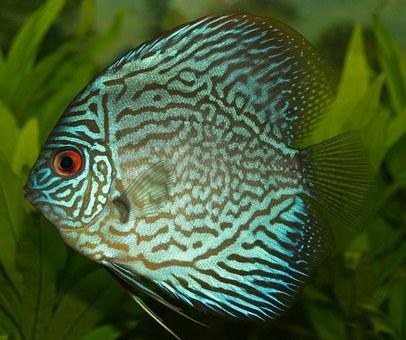Aquarium Plant Fertilizers DIY

Aquarium plant fertilizers help a lot regarding plant growth and faster cycling of an aquarium. It also reduces the rate of plant death in an aquarium, establishes stability in the water parameter and with correct usage, stops algae outbreak.
Though there are lots of aquarium plant fertilizers out in the market, many aquarists are not able to pay for them. So, the best alternative is to make their own aquarium fertilizer. Homemade aquarium plant fertilizers are cheap to make, works much of the same way as a commercial fertilizer and you can control the amount of nutrition in the fertilizer. It helps to maintain the balance of an aquarium system.
Biological aquarium plant fertilizers:
Planted tank aquarists can make biological fertilizers by using an aquarium’s ecology. Biological filter is the center point of any aquarium fertilizer. A good biological filter contains many helpful elements such as active charcoal, which helps to create a healthy bacteria base in the aquarium. This bacteria base works like a charm to purify the aquarium and water.
An aquarium which has a nice biological filtration system going on, there fertilizers start to develop on their own. Moreover, livestock such as fishes work as a natural way to replenish nutritive elements in the aquarium. Thus, an active biological filter can serve the purpose of a DIY aquarium plant fertilizer.
DIY Fertilizer Powder:
It is the most used form of DIY aquarium plant fertilizer. A homemade powdered mixture of fertilizer can be made easily with a 3:3:2:1 ratio of Epsom salt, Potassium Sulfate along with Salt peter. This fertilizer should be added in the aquarium with caution. It only requires small amount of this fertilizer. A good rule of thumb is to add one tea spoon of powdered fertilizer for per 10 gallons of water. When doing the water changes, calculate how much water you are replenishing in the aquarium and dose the powdered fertilizer according to that amount only.
Every aquarium plants need two types of nutrients to thrive in the aquarium. The types are macronutrient and micronutrient. Macronutrient is needed in larger amount while the micronutrient is needed in smaller amount by the aquarium plants. Trace elements fall into the category of micronutrient. Example of some trace elements is zinc and iron. Though trace elements are needed in smaller amount, don’t think them of as less importance. They are very important for providing a balanced nutrition to the aquarium plants. Also, they help to create a natural balance in the water system of the aquarium.
There are some specialized gravel substrates that provide the aquatic plants with trace elements. You can search for them in the local fish store or in amazon. But the experienced aquarists prefer to use red clay instead which is very much rich in iron. Before using the red clay in your aquarium, boil it so it becomes free from any germs. You can use a dual layer of red clay and on top of it regular aquarium gravel to enhance the quality.

